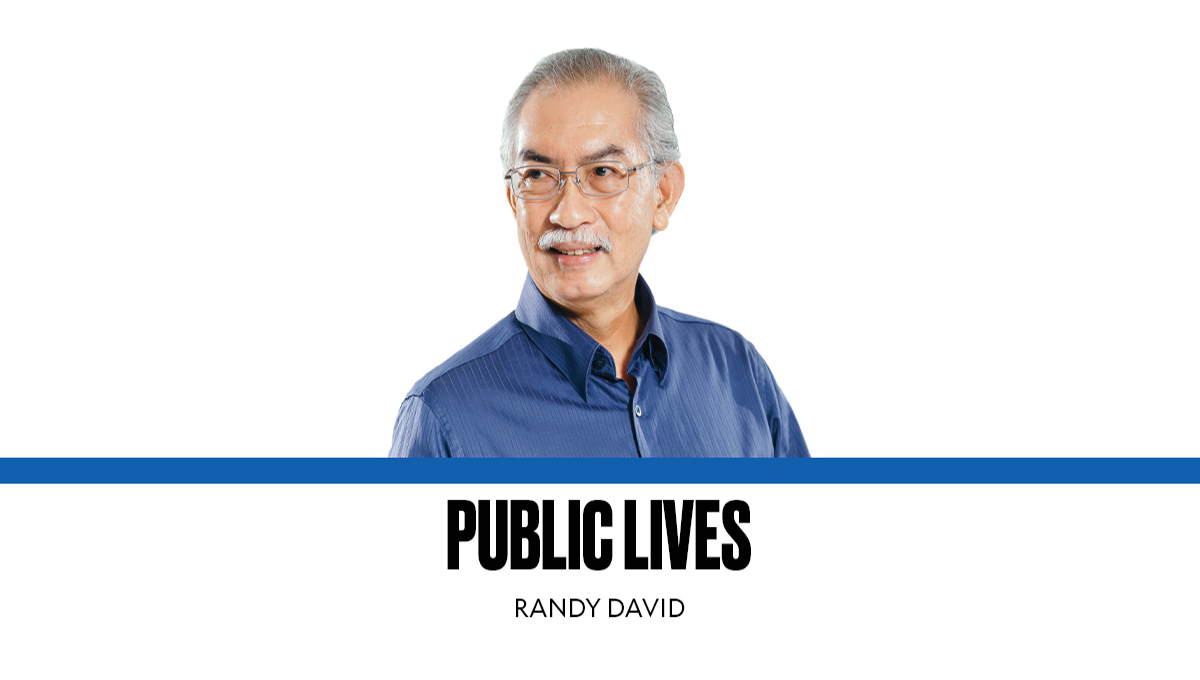Testing America’s political stability

If the United States can hold peaceful, orderly elections on Nov. 5 and inaugurate a new president without prolonged legal or political battles, it will mark a major success for American democratic institutions. Such an outcome would send a powerful message to the world: that free elections, even in highly polarized climates, remain a credible source of political legitimacy. Political legitimacy is the foundation of strong institutions, and strong institutions are the barriers that prevent autocrats from hijacking democracy.
Unfortunately, this scenario seems increasingly uncertain as America gears up for what could be its most consequential presidential race in history. The final national poll from The New York Times and Siena College shows Democratic candidate Kamala Harris and Republican candidate Donald Trump tied at 48 percent of the popular vote. This seems to leave just 4 percent of American voters with the power to decide the next president.
The US electoral system is complex. The presidency isn’t awarded to the candidate with the most popular votes nationwide but to the one who secures the majority of the Electoral College votes from the 50 states. In most states, the candidate who wins the popular vote claims all that state’s electoral votes. This winner-take-all rule applies everywhere except in Maine and Nebraska, where electoral votes are partly distributed based on congressional district results.
Historically, “blue” states vote Democratic, while “red” states tend to go Republican. However, about six or seven states, known as “battleground” or “swing” states, can vote either way, ultimately determining the election outcome. Key among these are states with large electoral votes: Pennsylvania (19), North Carolina (16), Georgia (16), Michigan (15), Arizona (11), and Wisconsin (10).
The Electoral College has 538 votes, and a candidate needs a majority of 270 to win. This system can create situations where a candidate wins the nationwide popular vote but loses the electoral count—as happened in 2016 when Hillary Clinton lost to Donald Trump. It’s not surprising therefore that in the last few weeks of the current presidential campaign, Kamala Harris and Donald Trump and their major celebrity endorsers—for example, former president Barack Obama for Harris and the multibillionaire Elon Musk for Trump—have focused their campaign efforts on the battleground or swing states.
In the final NYT-Siena College poll, Harris leads by less than 1 percentage point in Pennsylvania, Wisconsin, and Michigan. Trump holds a similarly narrow lead in North Carolina, Georgia, and Arizona. These tight margins underscore how the winner-take-all rule can make even the smallest fraction of votes pivotal. In 2020, Biden narrowly won Georgia with 49.47 percent of the popular vote to Trump’s 49.24 percent—a margin of just 0.23 percent or 11,779 votes.
The margin in Georgia was so close that Georgia’s Secretary of State Brad Raffensperger ordered a hand recount, which confirmed Biden’s win. Nevertheless, Trump leaned heavily on Raffensperger to “find” the 11,780 votes he needed to win. To his lasting credit, Raffensperger stood firm.
Until the final moments of the 2020 electoral process, Trump pressured then-Vice President Mike Pence, who oversaw the congressional certification of electoral votes, not to certify Biden’s win. The events culminating in the Jan. 6 Capitol assault by Trump supporters remain fresh in Americans’ minds. Trump has yet to acknowledge his 2020 loss.
As though to test, once and for all, the limits of America’s deeply fractured politics, this year’s election pits one of the most racist and misogynistic of America’s politicians against an American woman of South Indian and African-Jamaican ancestry. Few candidates could be more different in personality, demeanor, and background than Trump and Harris.
This rare matchup brings to the fore the issues that have polarized Americans in recent years: immigration policy, abortion and women’s rights, racial equality, wealth distribution, the role of the state, and the autonomy of government institutions, particularly law enforcement and the judiciary.
The choice American voters make on Nov. 5 will definitely shape not only their future but also America’s role on the world stage.
—————-
public.lives@gmail.com





















